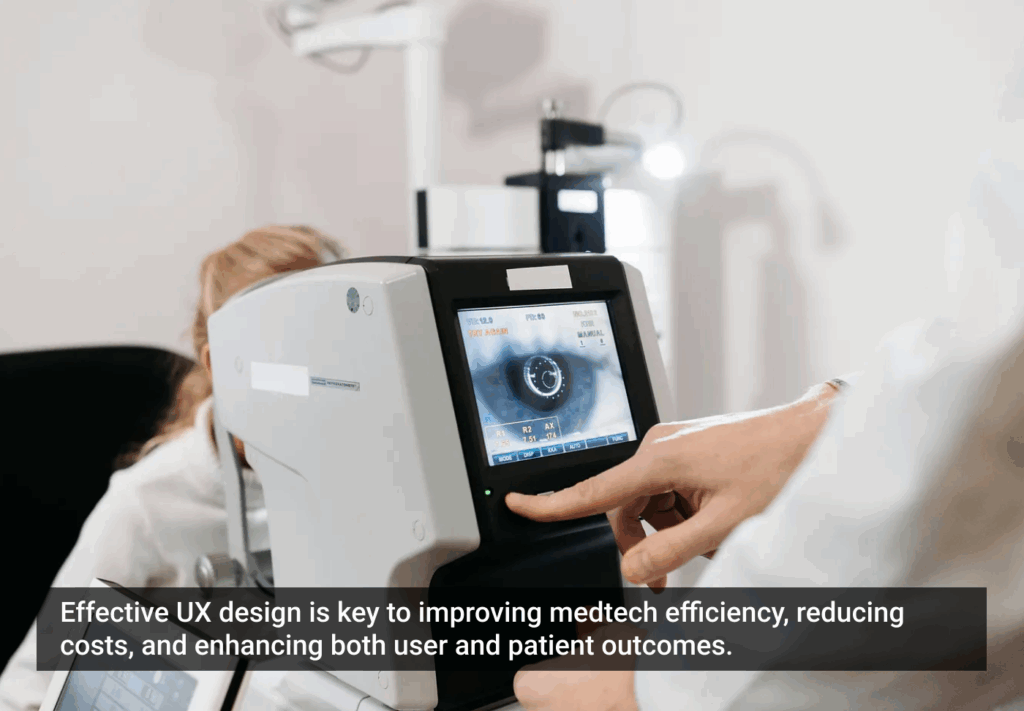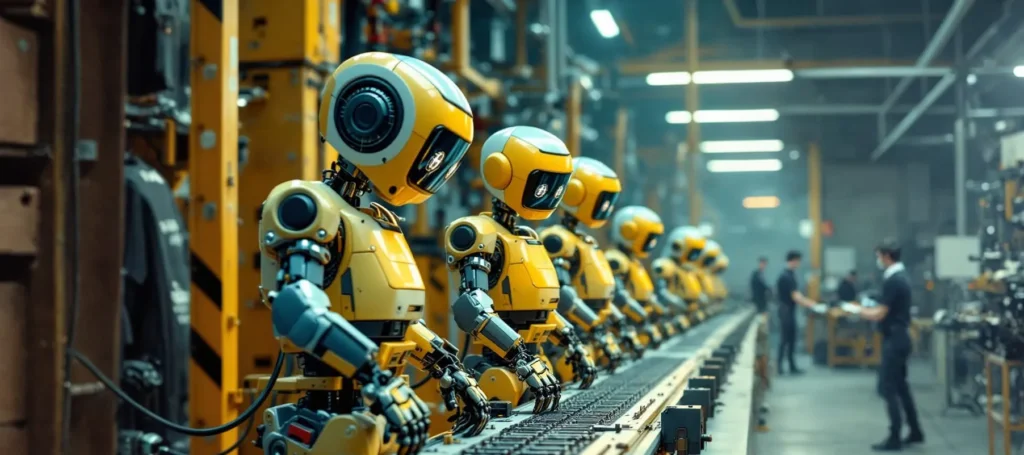- Healthcare, Technology, UX Design
Discover how human-centered UX design is transforming medtech by cutting costs, reducing errors, and driving better outcomes for clinicians, patients, and healthcare providers alike.
- The article explains how strategic UX design in medtech improves cost efficiency by enhancing usability, reducing training time, and minimizing user errors across clinical workflows.
- The piece argues that intuitive, user-centered interfaces boost productivity, adoption rates, and patient outcomes while lowering support costs and extending product lifecycles, making UX a crucial investment for sustainable growth and ROI in healthcare technology.
Share this link
- November 18, 2025

- AI Automation, AI Ecosystems, AI Infrastructure, Artificial Intelligence, Emerging Technology, LLM
Discover how the future of AI runs on purpose-built infrastructure.
- The article states that AI’s progress depends less on creating larger models and more on developing specialized “lanes” (agent runtimes) where AI can run safely and efficiently.
- It argues that, like China’s EV-only highways, these runtimes are designed for smooth flow, constant energy (through memory and context), and safe, reliable operation, much like EV-only highways in China.
- The piece concludes that building this kind of infrastructure takes effort and oversight, but it enables AI systems to work together, grow, and improve sustainably.
Share this link
- November 12, 2025

- Agent Orchestration, AI Agents, AI Infrastructure, Conversational AI, Emerging Technology, Enterprise AI, Model Context Protocol (MCP)
AI agents are getting smarter — but can they truly work together? Meet MCP, the open-source protocol quietly reshaping how machines connect, collaborate, and get things done.
- The article introduces MCP — a new way to help AI agents easily work with business tools.
- It shows how MCP could change how we use software by letting AI control all our tools through one interface.
- The article sees MCP as a big step toward building smarter, more flexible AI systems in the future.
Share this link
- May 27, 2025

- AI Agents, Artificial Intelligence, Communication, Conversational Design, Human-Centered AI, Innovation, Machine Learning, Technology
AI is breaking barriers, clearing up confusion, and making human connections smoother than ever. Discover how AI is transforming communication — one clearer, more efficient conversation at a time.
- This article explores how AI enhances human-to-human communication by clarifying intent, summarizing information, and breaking down language and expertise barriers.
- It discusses AI’s ability to interpret emotions and tone, providing real-time insights that foster empathy and improve the quality of interactions.
- The piece highlights how AI agents can strengthen relationships, build trust, and serve as adaptive tools to enrich communication and human connection.
Share this link
- December 3, 2024

- Artificial Intelligence, Creativity, Curatorial Design, Design, Design Ethics, Design Evolution, Design Systems, Design Thinking, Designer Roles, Future of Design, Generative AI, Technology, User-Centered Design
AI is reshaping the role of designers, shifting them from creators to curators. This article explores how AI tools are changing design workflows, allowing designers to focus more on strategy and user experience. Discover how this shift is revolutionizing the design process and the future of creative work.
- This article examines how AI is transforming the role of designers, shifting them from creators to curators.
- It explores how AI tools are enhancing design processes by automating routine tasks, allowing designers to focus on strategic decision-making and curating user experiences.
- The piece highlights the growing importance of creativity in managing AI-driven systems and fostering collaboration across teams, ultimately reshaping the future of design work.
Share this link
- November 21, 2024

- Design Evolution, Design Methodology, Design Process, Design Systems, History of Technology
This article explores how design systems have evolved over the past decade from static guidelines to dynamic tools essential for consistency and efficiency in the digital age. It highlights the growing importance of frameworks that streamline collaboration, support scalability, and ensure cohesive experiences, paving the way for AI-driven design practices.
- This article examines the evolution of design systems in recent years, emphasizing key developments in digital design workflows.
- It explores how design systems have progressed from static guidelines to dynamic frameworks that drive consistency and scalability across platforms.
- The piece discusses how design systems empower organizations to enhance collaboration, improve efficiency, and maintain cohesive experiences, setting the stage for AI-driven, dynamic design practices of the future.
Share this link
- November 19, 2024


